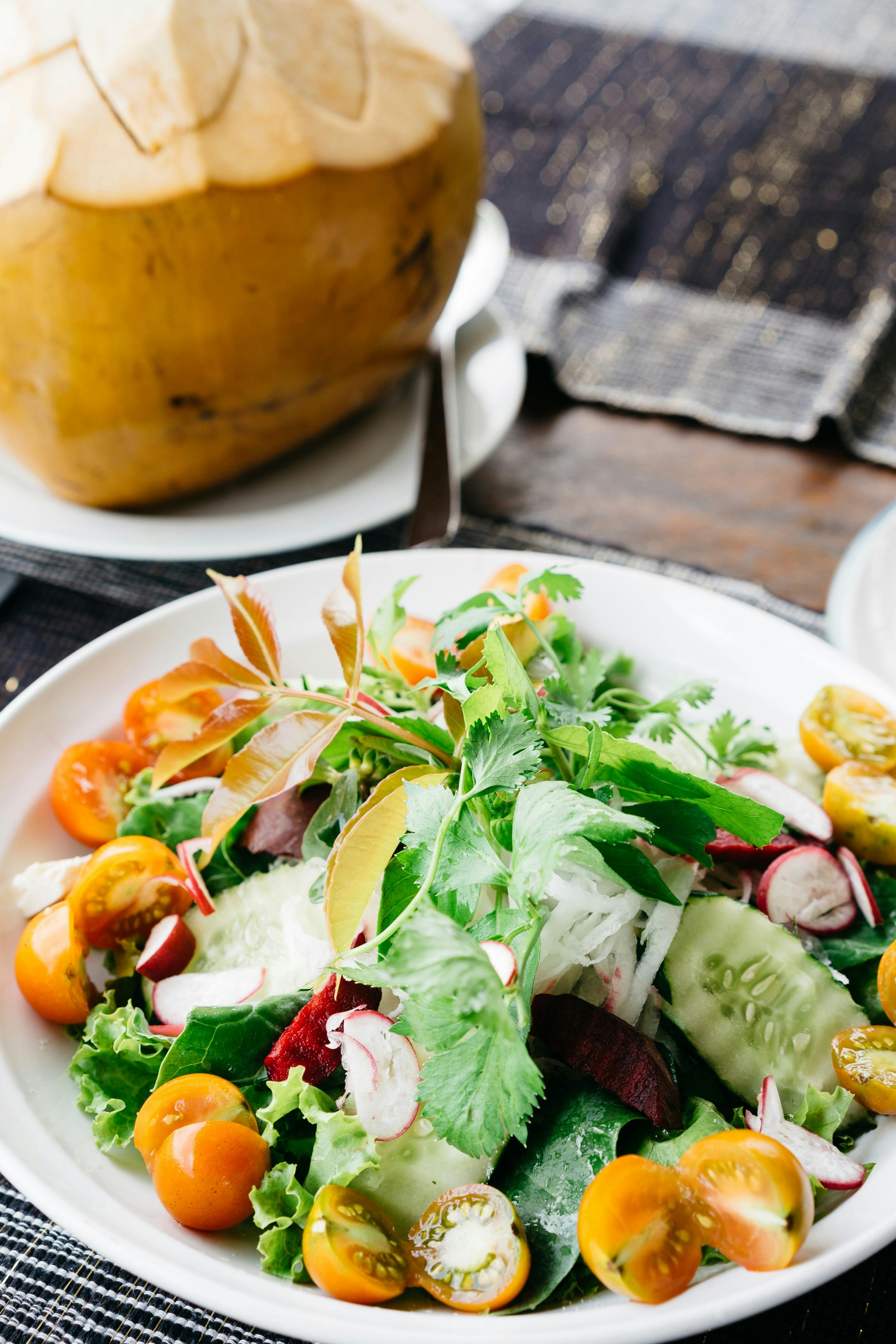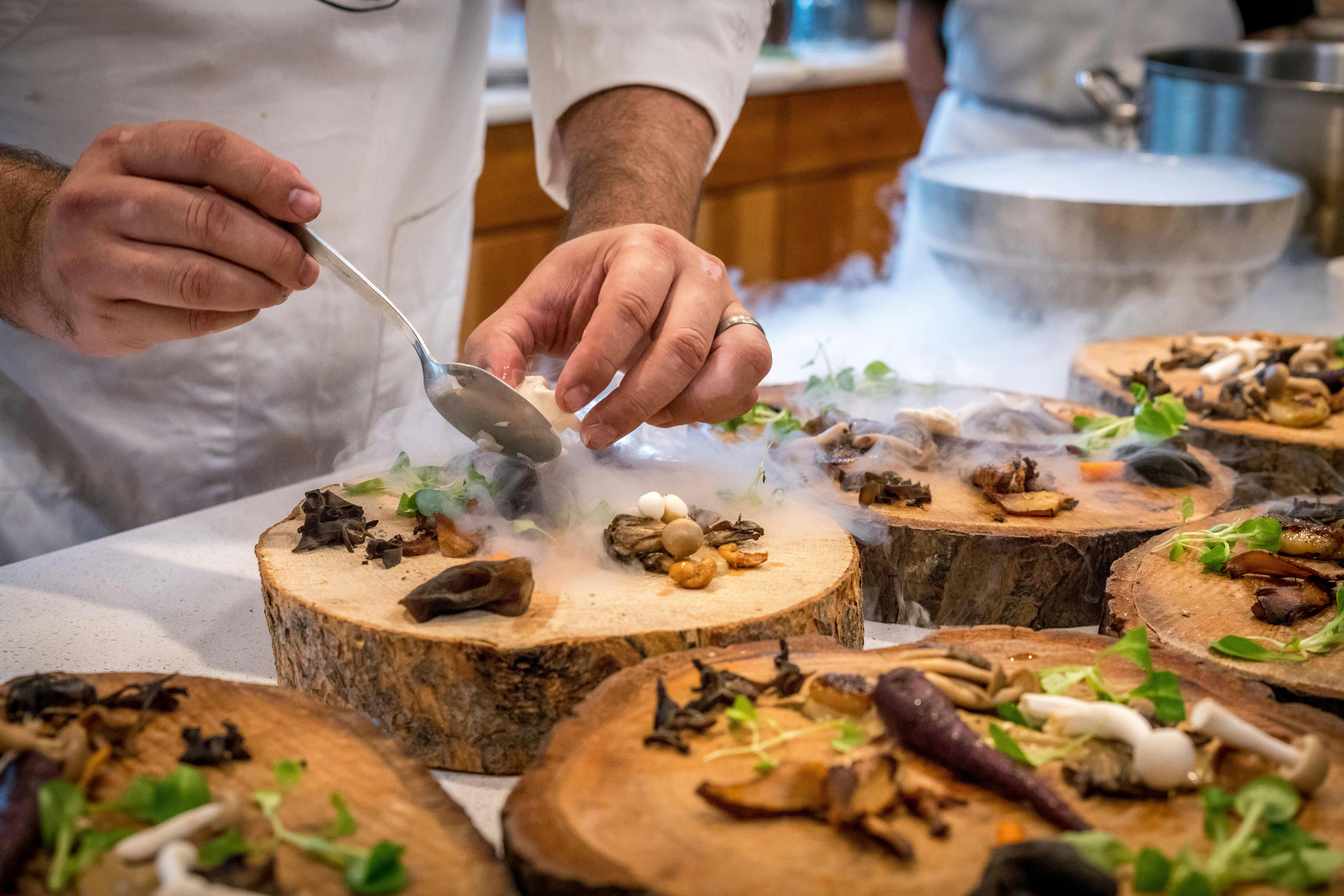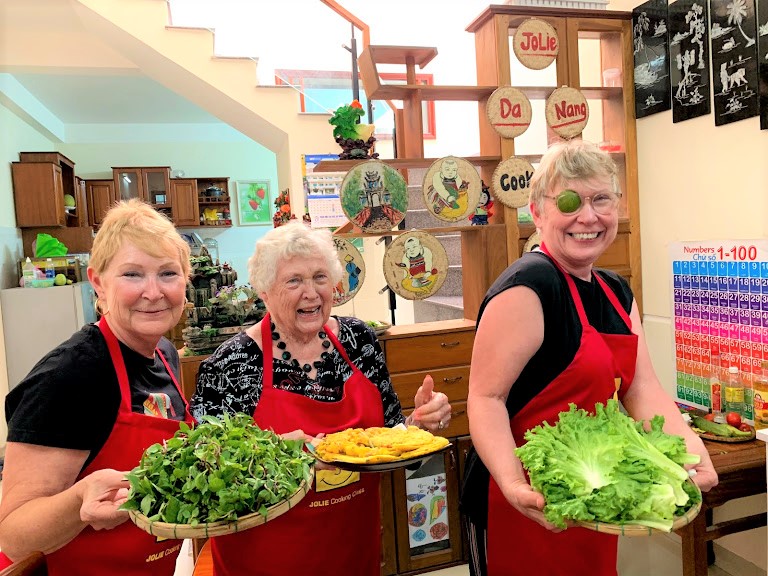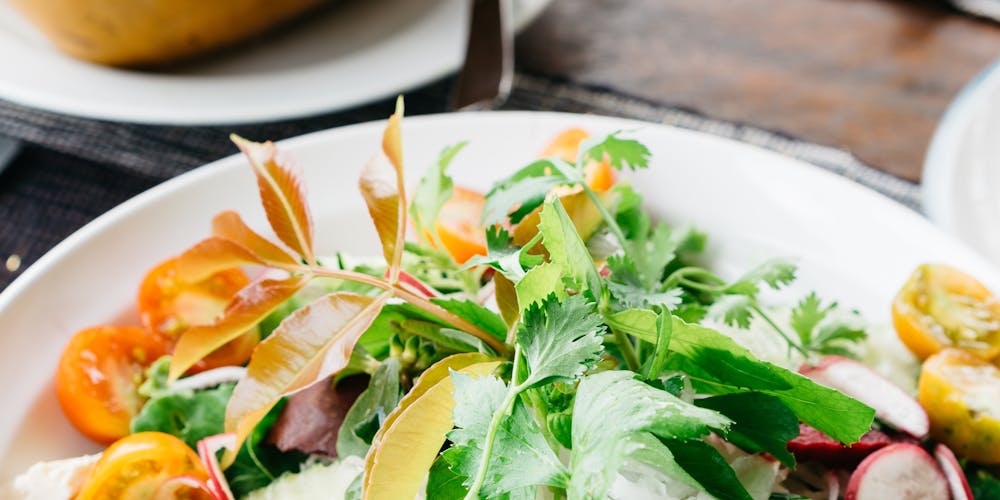Nestled on Vietnam’s central coast, Da Nang has emerged as a culinary haven, captivating taste buds with a vibrant tapestry of flavors. Beyond the delectable dishes, the city’s cuisine conceals a treasure trove of unique cooking techniques that elevate ordinary ingredients into extraordinary culinary experiences. From street food stalls to fine dining establishments, Da Nang offers a diverse range of options for food enthusiasts to explore.
In this article, we will delve into the cooking techniques that define Da Nang’s cuisine and uncover the secrets behind their mouthwatering dishes. Get ready for a culinary adventure in Da Nang, where flavors, techniques, and traditions combine to create a one-of-a-kind gastronomic experience.
Da Nang Cooking: A Culinary Adventure

Da Nang’s cuisine is a reflection of its diverse history and cultural influences. Located on the coast, seafood plays a prominent role in their dishes, but that’s not all there is to it. The city’s cuisine also incorporates elements from Chinese, French, and Thai cooking, making it a melting pot of flavors.
One of the most notable aspects of Da Nang’s cuisine is its emphasis on freshness and simplicity. Most dishes are made with fresh, local ingredients, and the cooking techniques aim to preserve the natural flavors of the ingredients. This focus on quality and simplicity sets Da Nang’s cuisine apart from other Vietnamese regions.
Exploring the Flavors of Da Nang: A Guide to Local Cooking Techniques

Now, let’s dive into the various cooking techniques unique to Da Nang’s cuisine that give their dishes their distinct flavor profiles.
Nuoc Cham Dressing
The ubiquitous condiment in Vietnamese cuisine, nuoc cham is a vibrant dipping sauce that adds a burst of flavor to everything from grilled meats to fresh vegetables. In Da Nang, nuoc cham is elevated to an art form, featuring a delicate balance of fish sauce, lime juice, garlic, chili peppers, and sugar.
The unique aspect of Da Nang’s nuoc cham is the addition of tamarind, which gives it a more complex flavor. Tamarind is a common ingredient in Central Vietnam and adds a subtle tanginess to the dressing. The balance of sweet, salty, sour, and spicy flavors in nuoc cham is what makes it a perfect accompaniment to almost any dish in Da Nang.
Banh Xeo Pancakes
These crispy crepes are a specialty of Central Vietnam, particularly Da Nang. Made with rice flour batter and turmeric, banh xeo pancakes are filled with a savory mixture of pork, shrimp, and vegetables. The pancakes are pan-fried until golden brown, creating a textural contrast that tantalizes the palate.
The key to making perfect banh xeo pancakes lies in the technique of cooking the batter. A thin layer of batter is spread on a hot griddle, and then the filling is added on one side. The pancake is then folded in half, creating a half-moon shape, and cooked until crispy. This cooking method locks in the flavors of the filling and gives the pancakes their signature crunch.
Rice Paper Rolls
Rice paper rolls are a popular snack in Da Nang, and they come in different varieties, including fresh and fried. The ingredients for the filling vary, but they often include shrimp, pork, herbs, and vegetables. The unique technique used in Da Nang for rice paper rolls is the use of rice paper wrappers that have been pre-cooked with oil, giving them a slight crispiness.
Apart from the wrapper, the key to delicious rice paper rolls lies in the way the fillings are prepared. In Da Nang, the fillings are marinated with a combination of fish sauce, sugar, and spices before being cooked. This step adds depth and complexity to the flavors of the filling, making their rice paper rolls stand out from others in Vietnam.
Grilling
Grilling is a common cooking technique used in Da Nang, particularly for seafood. Whether it’s fish, squid, or shrimp, grilling brings out the natural flavors of the ingredients, without overpowering them with heavy sauces or spices.
One notable dish that utilizes this technique is grilled clams with scallion oil. The clams are cleaned and then grilled over hot coals until they open up. They are then topped with a mixture of scallions, oil, and seasoning, giving them a fragrant and savory finish.
The Art of Da Nang Cuisine: Techniques that Elevate Flavors

What sets Da Nang’s cuisine apart from others is its focus on elevating the flavors of simple ingredients through precise and unique cooking techniques. Here are some other cooking methods that contribute to the deliciousness of Da Nang’s dishes.
Steaming
Steaming is another popular cooking technique used in Da Nang. A prime example is the famous Banh Beo dish, which consists of small steamed rice cakes topped with minced shrimp and crispy pork skin. The gentle cooking method allows the flavors of the ingredients to shine through, creating a delicate and flavorful dish.
Braising
Braising is a slow-cooking method that is used in many Vietnamese dishes, including those in Da Nang. The most famous example is Bun Bo Hue, a beef noodle soup that features tender beef shanks braised in a rich and spicy broth for hours, resulting in melt-in-your-mouth meat and a flavorful broth.
Fermentation
Fermented ingredients play a prominent role in Da Nang’s cuisine, adding depth and umami flavor to dishes. One notable example is mam nem, a fermented anchovy sauce that is used in many dishes, such as the famous Bun Cha Ca (grilled fish noodle soup). The fermentation process enhances the flavor of the anchovies and gives the sauce a unique umami taste.
Unveiling the Secrets of Da Nang’s Kitchen: A Journey through Cooking Techniques
Apart from specific cooking techniques, there are also some general practices in Da Nang’s kitchens that contribute to the deliciousness of their cuisine. These include the use of quality ingredients, attention to detail, and patience.
Da Nang’s cuisine emphasizes the use of fresh, local produce and high-quality proteins. Chefs take great care in selecting the best ingredients, which are then meticulously prepared to preserve their natural flavors. From cleaning and marinating to cooking, every step is done with precision and patience to achieve the perfect balance of flavors.
Another notable aspect of Da Nang’s cuisine is the use of various herbs and spices to add depth and complexity to their dishes. Fresh herbs such as coriander, mint, and basil, along with spices like turmeric, lemongrass, and chili peppers, are integral to their cooking, providing layers of flavors to each dish.
Da Nang Cuisine: A Symphony of Flavors, Techniques, and Traditions
The culinary journey in Da Nang is not just about the food; it’s also about the rich cultural heritage and traditions that shape their cuisine. Many cooking techniques in Da Nang have been passed down for generations and are still practiced by local families and street vendors today.
One such tradition is the art of making Banh Trang, or rice paper, which is an essential ingredient in many dishes. In Da Nang, this skill has been preserved and is still practiced by hand. Watching locals make rice paper is a must-see experience for any food enthusiast visiting the city.
Culinary Delights of Da Nang: Exploring Local Cooking Techniques
Da Nang’s cuisine is a testament to the city’s rich history and cultural diversity. Its unique cooking techniques, combined with quality ingredients and attention to detail, create an explosion of flavors that entice and delight the taste buds.
For food enthusiasts, Da Nang offers endless opportunities to explore and indulge in their culinary delights. From street food tours to cooking classes, there are many ways to experience the city’s cuisine and learn about their cooking techniques from local experts.
Video
Conclusion
In conclusion, the enchanting flavors of Da Nang’s cuisine are a result of a harmonious blend of traditional techniques, fresh ingredients, and cultural influences. From nuoc cham dressing to grilled seafood, each dish in Da Nang tells a story of its own, representing the city’s vibrant and diverse culinary landscape.
Exploring the cooking techniques unique to Da Nang’s cuisine allows us to gain a deeper appreciation for their food and culture. It’s a journey worth taking for anyone who loves food and wants to experience the magic of Da Nang’s kitchen. So, pack your bags and get ready for a culinary adventure like no other!


Leave a reply